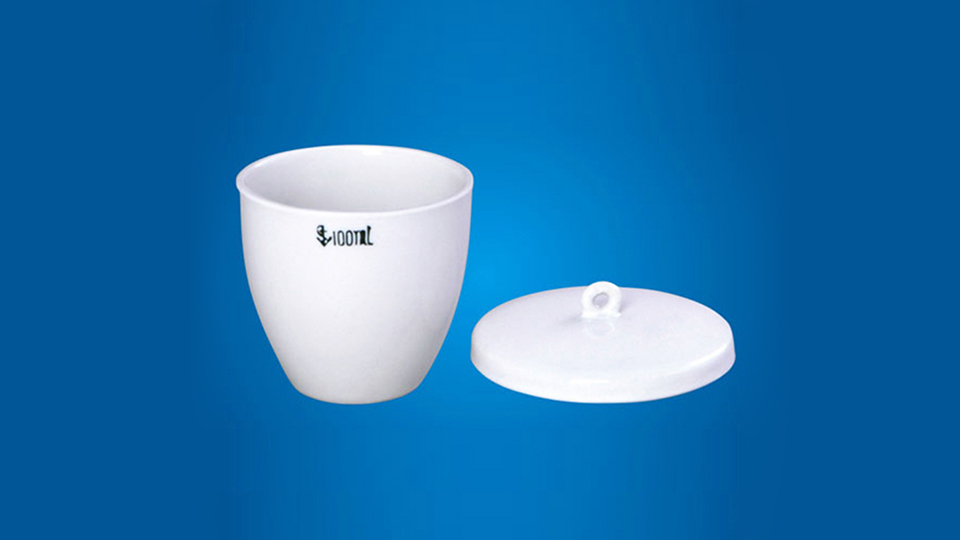The application and operation points of crucibles in Analytical chemistry
In the quantitative analysis stage of analytical chemistry, ceramic crucibles play a crucial role. This type of crucible usually has a capacity of 10 to 15 milliliters and is widely used in high-temperature environments to promote the full reaction of analytes, thereby enabling quantitative measurement through mass changes. It is worth noting that ceramics have a certain degree of water absorption. Therefore, before being put into use, they must undergo strict drying treatment and be precisely weighed with an analytical balance to ensure the accuracy of the measurement results.
The role in quantitative analysis
In quantitative analysis of analytical chemistry, ceramic crucibles are used to promote the full reaction of analytes at high temperatures, and measurements are made through mass changes. It needs to be dried and precisely weighed to ensure accuracy.
▲ Filtration and cooling operations
In some cases, the analyte may be filtered through ashless filter paper, and then the filter paper and crucible are placed together in a high-temperature environment. This type of filter paper can completely decompose at high temperatures without affecting the analysis results. After the high-temperature treatment is completed, the crucible and its contents need to be cooled and dried in a specially designed desiccator, and then weighed again. The analyte can be filtered through ashless filter paper and then treated at high temperature together with the crucible. Subsequently, it should be cooled in a desiccator and weighed again. The operation must be clean. Throughout the entire operation process, it is essential to ensure that clean crucible tongs are used for picking to maintain the cleanliness of the experiment.
▲ Heating and evaporation operations
When it is necessary to heat solid substances over high heat, when a crucible is used for heating solids over high heat, the crucible cover should be placed at an Angle to promote oxidation reactions, and heating should be carried out on an iron tripod. After heating, sudden cooling should be avoided. When in use, the crucible lid is usually placed diagonally on the crucible. This design not only helps prevent the heated substances from jumping out but also ensures the free entry and exit of air, thereby promoting possible oxidation reactions. Because the bottom area of the crucible is relatively small, it usually needs to be set up on a clay triangle to be heated directly over the fire. On the iron tripod, the crucible can be placed upright or at an Angle, and the specific position can be flexibly adjusted according to the experimental requirements.
It is worth noting that the heated crucible should not be placed directly on a cold metal tabletop to avoid cracking due to rapid cooling. At the same time, it should also be avoided to be placed on a wooden tabletop to prevent the tabletop from being burned or causing a fire. The correct way is to leave it on an iron tripod to cool naturally or place it on an asbestos net to cool slowly. When taking out the crucible, it is essential to use a dedicated crucible tongs to ensure the accuracy and safety of the operation.

The main uses of crucibles:
- The evaporation, concentration or crystallization process of a solution.
- It is used for burning solid substances.
Precautions when using crucibles:
- The crucible can be heated directly, but it should not be cooled suddenly after heating. It needs to be removed with tongs.
- During the heating process, the crucible should be placed on an iron tripod.
- When conducting evaporation operations, continuous stirring is required. When the solution is nearly evaporated, the residual heat should be used to evaporate it completely.
